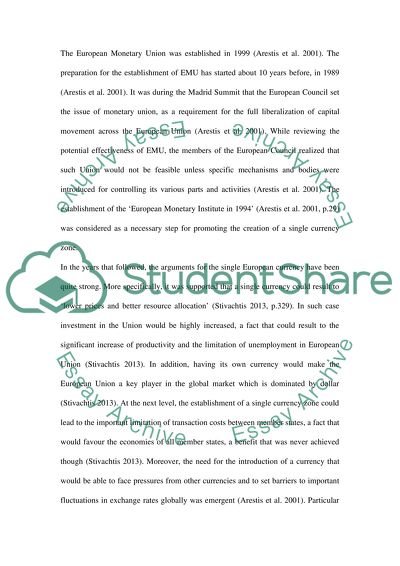Cite this document
(“The Argument for and Against a European Single Currency Essay”, n.d.)
The Argument for and Against a European Single Currency Essay. Retrieved from https://studentshare.org/macro-microeconomics/1498201-discuss-the-argument-for-and-against-a-european
The Argument for and Against a European Single Currency Essay. Retrieved from https://studentshare.org/macro-microeconomics/1498201-discuss-the-argument-for-and-against-a-european
(The Argument for and Against a European Single Currency Essay)
The Argument for and Against a European Single Currency Essay. https://studentshare.org/macro-microeconomics/1498201-discuss-the-argument-for-and-against-a-european.
The Argument for and Against a European Single Currency Essay. https://studentshare.org/macro-microeconomics/1498201-discuss-the-argument-for-and-against-a-european.
“The Argument for and Against a European Single Currency Essay”, n.d. https://studentshare.org/macro-microeconomics/1498201-discuss-the-argument-for-and-against-a-european.


